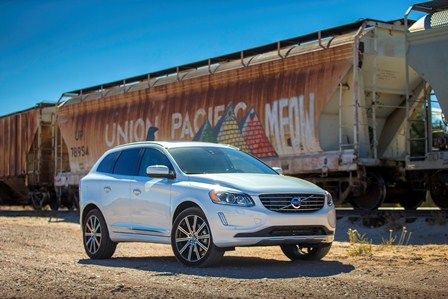The Volvo XC60, Volvo Car Group’s (Volvo Cars) best-selling model since 2009, passed the 500,000 units sold mark in April. It has taken the model only little over half a decade to reach this milestone.
The XC60’s excellent sales performance is another indicator of Volvo Cars’ strong growth in recent years and future potential. The model, which has been on sale since 2008, has steadily seen its sales volumes increase since its introduction. In 2012 the XC60 breached the 100,000 mark for the first time with 106,203 units sold, while in 2013 over 114,000 units were sold. During the first four months of 2014 Volvo Cars sold 41,920 XC60s, an increase of 24.2 per cent compared to the same period in 2013.

‘With the XC60 we have shown that we have the ability to compete on equal terms with our German rivals like BMW and Audi, and it gives us strength to do the same with future models,’ says Alain Visser, Senior Vice President Marketing, Sales and Customer Service at Volvo Cars. “This is a car that is not only a success today but will continue to be one in future.”
The destination for the 500,000th XC60 was the United States. The US is also the market that has sold the most XC60s (thus far around 73,000 units), closely followed by China with around 70,000 units sold, and then Germany, Sweden and the UK.
There are several reasons for the success of the Volvo XC60, says Alain Visser. Part of the explanation is that the car came at the right time, while it also carried forward the confidence that was built up with the success of the XC90.
“Most of all, the XC60 is a timeless model and a very good representation of what Volvo’s brand stands for,” says Alain Visser. “The ability to personalise the model with a wide range of accessories has also been an important factor in its success.”
“I see no reason why more of our models won’t sell just as well,” Alain Visser concludes. “For example, we are confident that the V40 will achieve over 100,000 units sold during this year and I see that as just one more step on the journey towards our long-term goal of selling 800,000 cars annually.”





